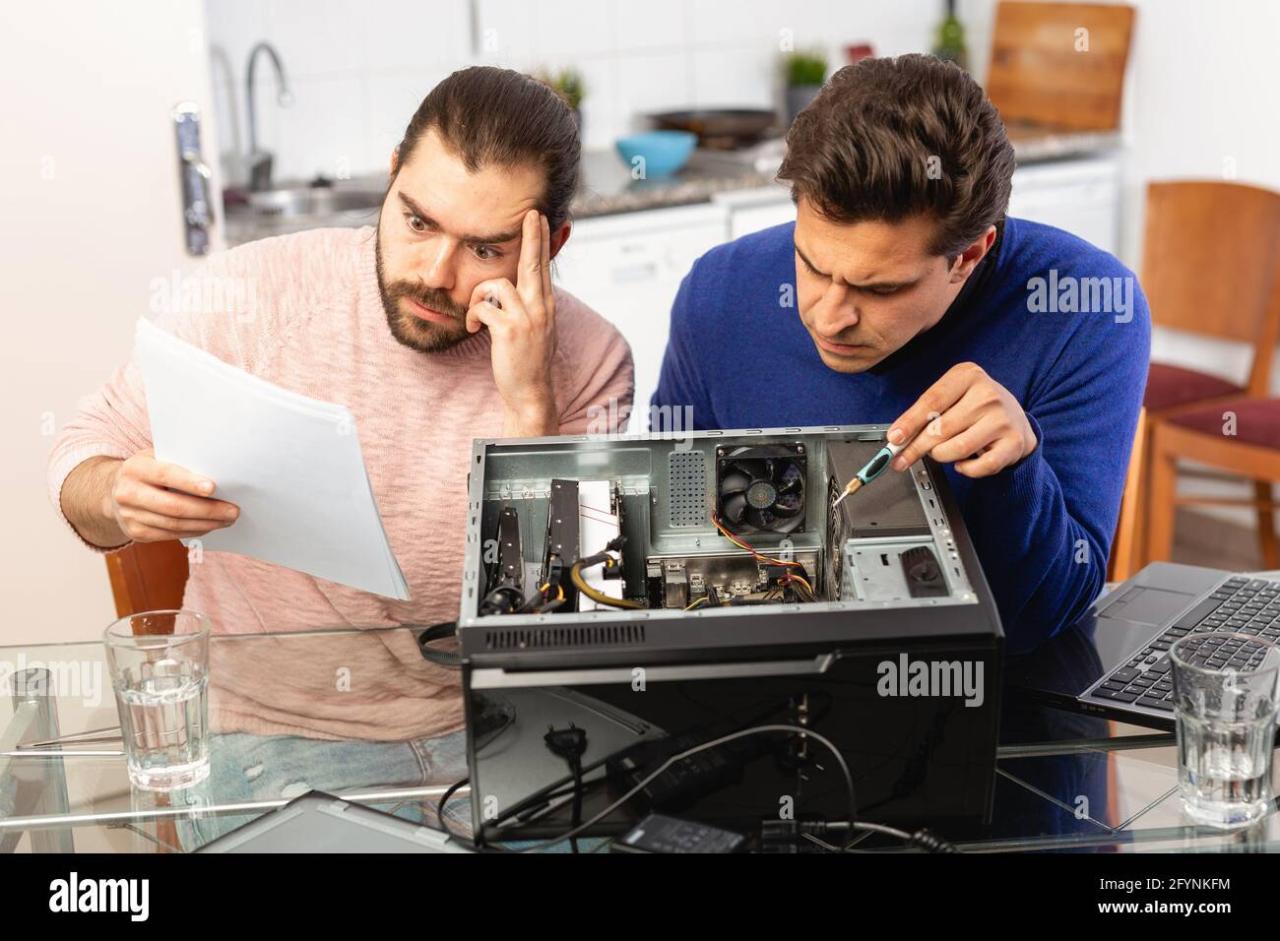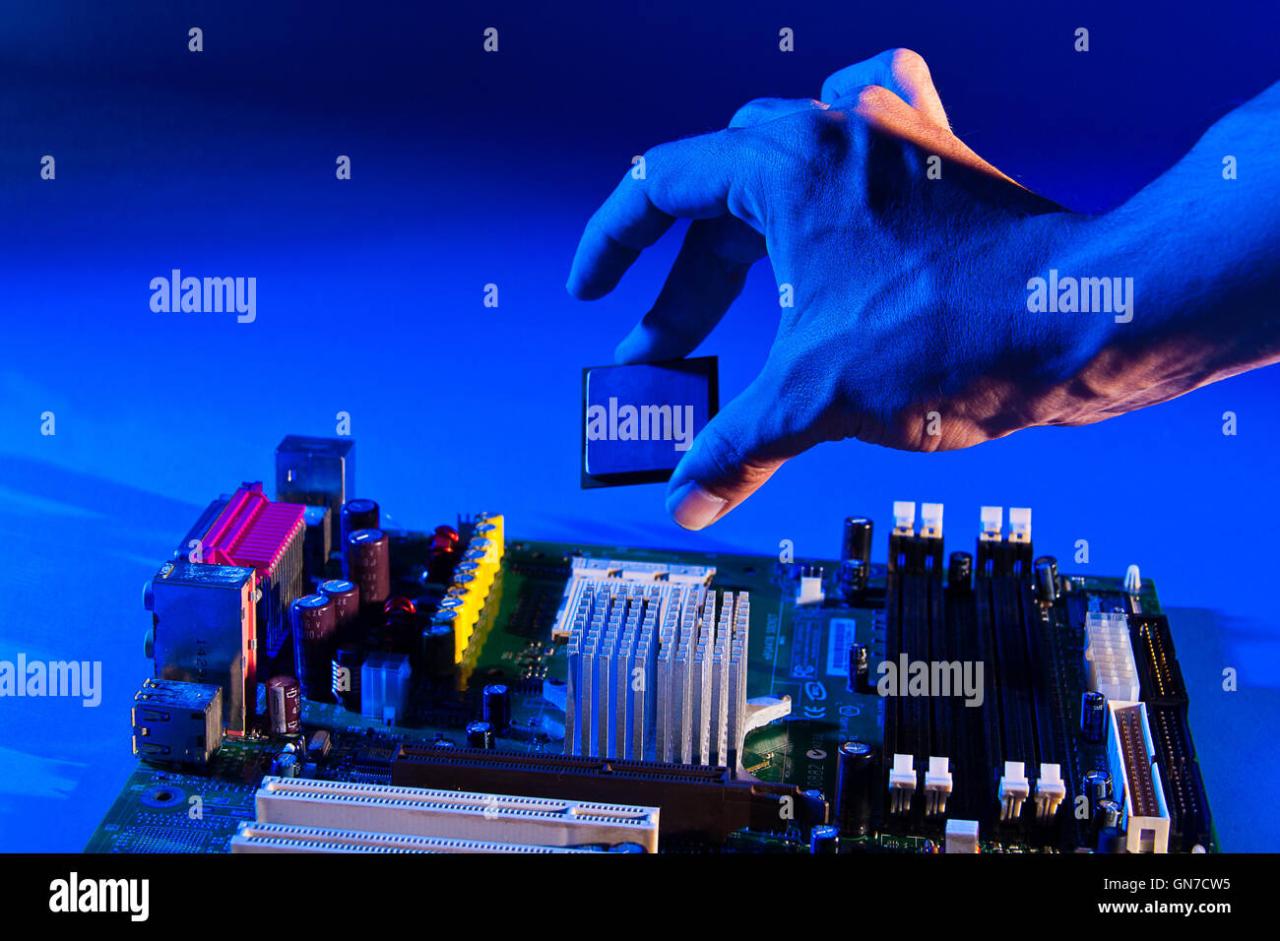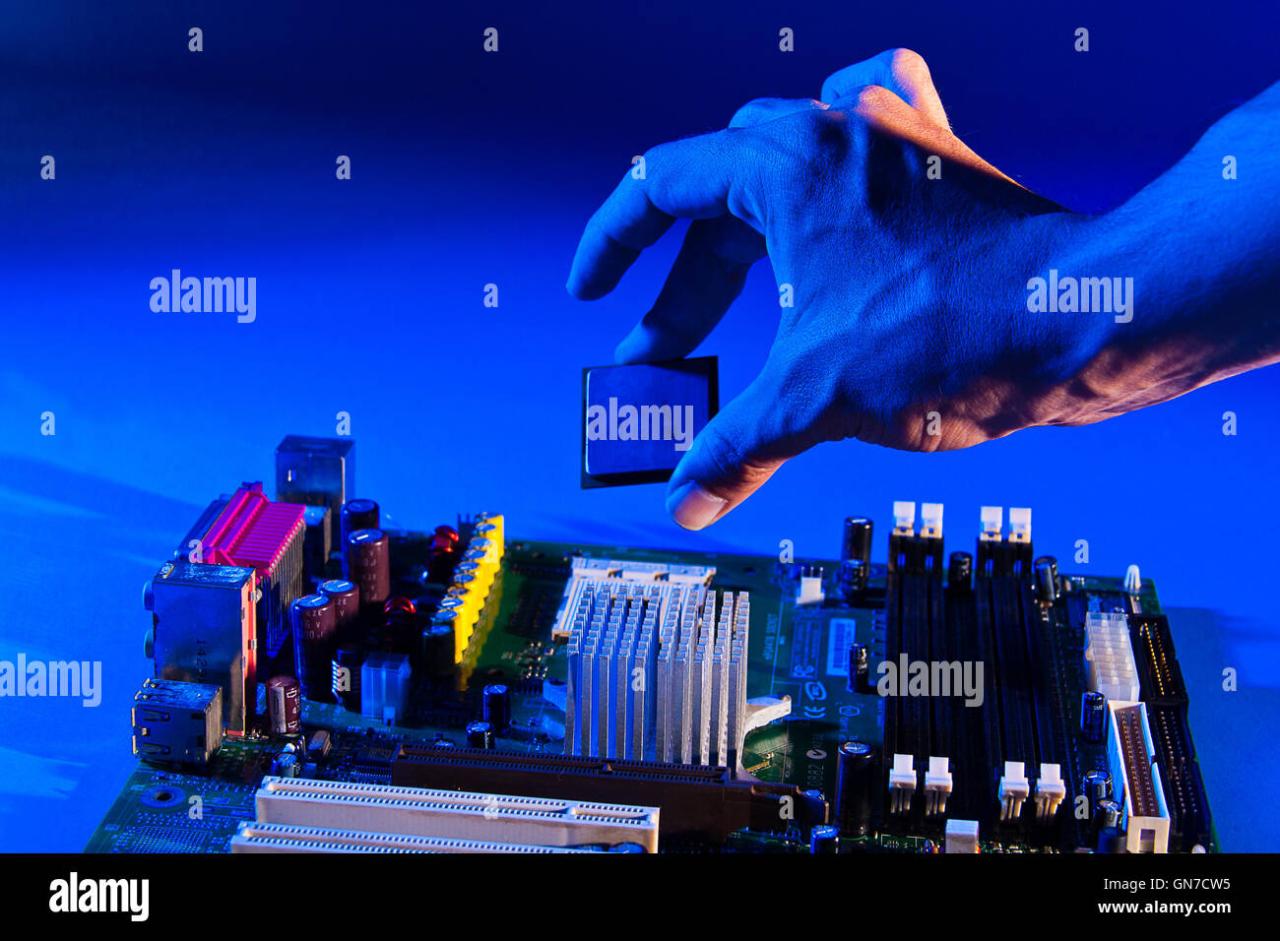PC Builder: Want to craft a computer perfectly tailored to your needs? Building your own PC is more accessible than you think! This guide takes you through every step, from choosing components to troubleshooting potential problems, empowering you to create a machine that truly reflects your vision and budget.
Building your own PC can be a rewarding experience, letting you customize every component. But remember, a fast PC needs a fast internet connection, and that’s where bell mts comes in. They offer various high-speed internet plans that will keep your gaming and streaming smooth, maximizing your custom-built PC’s potential. So, once you’ve finished building your dream machine, make sure you’ve got the internet speed to match.
Whether you’re a seasoned tech enthusiast or a curious beginner, this comprehensive guide will equip you with the knowledge and confidence to build your dream PC. We’ll cover essential components, step-by-step assembly, troubleshooting tips, and community resources to help you along the way. Get ready to dive into the rewarding world of PC building!
Defining “PC Builder”
The term “PC builder” encompasses a broad range of individuals and businesses involved in the process of assembling personal computers. It’s not just about screwing parts together; it involves expertise in component selection, compatibility, and troubleshooting.
Roles and Responsibilities of a PC Builder
PC builders, regardless of their experience level, share some core responsibilities. These include researching and selecting components based on performance requirements and budget, physically assembling the computer, installing the operating system and drivers, and troubleshooting any issues that may arise during the process. Advanced builders might also delve into overclocking, custom water cooling, and advanced BIOS settings.
Types of PC Builders
The PC building world has a diverse community. Hobbyists build PCs as a passion project, often experimenting with different configurations and pushing the limits of performance. Professionals build PCs for clients, often with specialized needs like high-end gaming or video editing. Businesses build PCs for their employees or to sell as pre-built systems, focusing on cost-effectiveness and reliability.
Components of a PC
Understanding the essential components is crucial for successful PC building. Each component plays a critical role in the overall system performance.
Building your own PC can be a rewarding experience, letting you customize every aspect. But before you get started, remember that even seemingly small projects can have regulations. For example, if you’re thinking about adding a drone camera to your build, you’ll want to check out the specifics on canada drone laws under 250g to ensure compliance.
Once you’ve got the legal side sorted, you can get back to focusing on that perfect PC build!
| Component | Function | Typical Price Range (USD) | Notes |
|---|---|---|---|
| CPU (Central Processing Unit) | The “brain” of the computer, processing instructions and data. | $100 – $1000+ | Performance varies greatly depending on the model and generation. |
| GPU (Graphics Processing Unit) | Handles graphics rendering, crucial for gaming and video editing. | $150 – $2000+ | High-end GPUs are necessary for demanding tasks. |
| RAM (Random Access Memory) | Short-term memory for active programs and data. | $50 – $300+ | More RAM is generally better for multitasking. |
| Motherboard | Connects all components and provides power and data pathways. | $100 – $500+ | Choose a motherboard compatible with your CPU and other components. |
| Storage (SSD/HDD) | Stores the operating system, programs, and files. | $50 – $500+ | SSDs are faster than HDDs. |
| Power Supply Unit (PSU) | Provides power to all components. | $50 – $300+ | Ensure sufficient wattage for your components. |
| Case | Houses all components and provides cooling. | $50 – $300+ | Consider airflow and aesthetics. |
PC Assembly Flowchart
A visual representation of the PC assembly process would show a sequential flow, starting with preparing the workspace, installing the CPU and cooler, mounting the motherboard, installing RAM, adding storage devices, installing the GPU, connecting power cables, and finally, testing the system. Each step would branch to troubleshooting steps if problems arise.
Component Selection Factors

Choosing components requires careful consideration of budget and intended use. A gaming PC will prioritize a powerful GPU and CPU, while a video editing PC might focus on a faster CPU and more RAM. Budget limitations will often necessitate compromises, requiring careful balancing of component performance.
Building a PC: Step-by-Step Guide
Building a PC involves a series of precise steps. Proper preparation and attention to detail are essential for a successful build.
Step-by-Step Assembly
A detailed guide would cover each step meticulously, including detailed images or illustrations. This would start with preparing the workspace, installing the CPU and cooler, then the motherboard, RAM, storage, GPU, and PSU. Each step would include specific instructions and warnings to prevent damage to components.
Operating System Installation
Installing the operating system typically involves booting from a USB drive containing the OS installer, partitioning the hard drive, and following the on-screen instructions. This process varies slightly depending on the operating system (Windows, macOS, Linux).
Troubleshooting Common Issues
Troubleshooting involves systematically checking components and connections. Common issues include boot failures (due to incorrect component installation or faulty components), display problems (due to incorrect GPU installation or driver issues), and system instability (due to overheating or power supply problems).
So you’re building a PC, right? Choosing components can be tricky, but remember the bigger picture – what will you use this powerful machine for? Maybe you’re planning on editing the stunning aerial footage you’ll shoot with your new drone, perhaps sourced from a reputable dealer like dji canada. Once you’ve got that epic footage, your custom-built PC will be ready to handle the post-production process with ease.
Now, back to those RAM choices!
PC Building Tools and Resources
Having the right tools and access to reliable resources makes PC building easier and safer.
Essential Tools

Essential tools include anti-static wrist strap, Phillips head screwdrivers (various sizes), a case opener, zip ties for cable management, and thermal paste for the CPU cooler. Having the right tools ensures a smooth and efficient building process.
Online Resources
Numerous reputable websites and forums offer comprehensive tutorials, guides, and component reviews. These resources provide valuable information and support for both beginners and experienced builders. They range from detailed video walkthroughs to in-depth component comparisons.
Pre-built vs. Custom-built PCs, Pc builder
Pre-built PCs offer convenience and often come with warranties, but they are typically more expensive and less customizable. Custom-built PCs provide greater flexibility and control over component selection, but require more technical knowledge and time.
PC Building Communities and Forums
Engaging with online communities can significantly enhance your PC building journey.
Prominent Online Communities
Several large online forums and communities are dedicated to PC building. These platforms offer a space for users to share their experiences, ask questions, and get help troubleshooting problems. They often have dedicated sections for specific components or operating systems.
Benefits of Community Engagement
Participating in these communities provides access to a wealth of knowledge and support. Experienced builders can offer guidance and advice, while newcomers can learn from others’ experiences. The collective knowledge base can help solve even the most challenging problems.
Forum Etiquette and Best Practices
Good forum etiquette involves being respectful, searching for existing answers before posting new questions, providing relevant details when asking for help, and thanking those who assist you. Following these practices ensures a positive and helpful community environment.
PC Building for Specific Purposes
PC builds are tailored to specific needs and applications.
Gaming, Video Editing, and General Use
Gaming PCs prioritize high-end GPUs and CPUs for smooth frame rates. Video editing PCs emphasize fast CPUs, ample RAM, and large, fast storage. General-use PCs balance performance and affordability.
| Purpose | CPU | GPU | RAM | Estimated Cost (USD) |
|---|---|---|---|---|
| Gaming | AMD Ryzen 7 7700X or Intel Core i7-13700K | NVIDIA GeForce RTX 4070 or AMD Radeon RX 7800 XT | 16GB DDR5 | $1500 – $2000 |
| Video Editing | AMD Ryzen 9 7900X or Intel Core i9-13900K | NVIDIA GeForce RTX 4080 or AMD Radeon RX 7900 XTX | 32GB DDR5 | $2500 – $4000 |
| General Use | AMD Ryzen 5 5600X or Intel Core i5-12400 | Integrated Graphics (sufficient for basic tasks) | 8GB DDR4 | $700 – $1000 |
Advanced PC Building Techniques
Advanced techniques can significantly enhance performance and system customization.
Overclocking
Overclocking involves increasing the clock speed of components beyond their factory settings to improve performance. However, this can lead to instability and increased heat generation, requiring careful monitoring and potentially advanced cooling solutions. It’s crucial to understand the risks before attempting overclocking.
Cooling High-Performance PCs

High-performance PCs generate significant heat, necessitating robust cooling solutions. This can include high-performance air coolers, liquid coolers (AIO or custom loops), and case fans strategically placed for optimal airflow.
Cable Management
Proper cable management improves airflow within the case, reducing temperatures and improving system stability. It also enhances the aesthetics of the build, making it look cleaner and more professional.
The Future of PC Building: Pc Builder
The PC building landscape is constantly evolving.
Emerging Technologies and Trends
Emerging technologies like miniaturization, AI-powered component selection tools, and advancements in cooling technology will likely shape the future of PC building. We might see more compact and energy-efficient systems with improved performance.
Predictions for the Next 5-10 Years
In the next 5-10 years, we can anticipate more user-friendly building processes, possibly with modular components and automated assembly systems. AI could play a larger role in component selection and troubleshooting, assisting builders in optimizing their systems.
Impact of AI and Automation
AI could revolutionize PC building by automating tasks such as component selection, cable routing, and even assembly. This could make PC building more accessible to a wider audience while also improving efficiency and reducing errors.
Outcome Summary
Building your own PC is a rewarding experience that offers unmatched customization and control. From selecting the perfect components to the satisfying click of each connection, the entire process is an engaging journey. This guide has provided you with the foundation you need. Now go forth, build your PC, and enjoy the fruits of your labor – a powerful, personalized machine built by you!
FAQ Resource
What’s the best time to build a PC?
There’s no single “best” time. Component prices fluctuate, so research deals and sales. Consider your available time and patience, as building takes several hours.
How much does it cost to build a PC?
Costs vary wildly depending on components. A budget build can be under $500, while high-end gaming PCs can cost over $2000.
Can I upgrade components later?
Yes! Many components are easily upgradeable, allowing you to enhance your PC’s performance over time.
What if I break something while building?
Don’t panic! Online communities are great resources for troubleshooting. Take photos as you go to help with reassembly.
